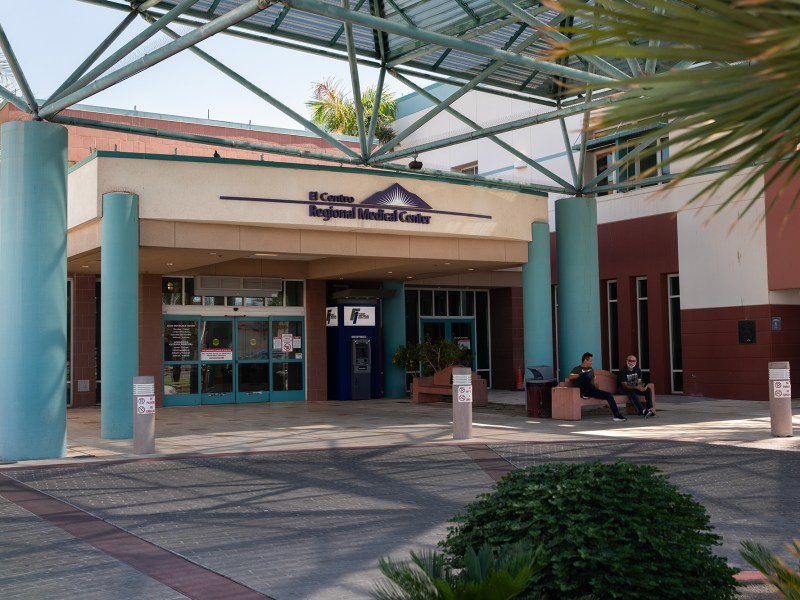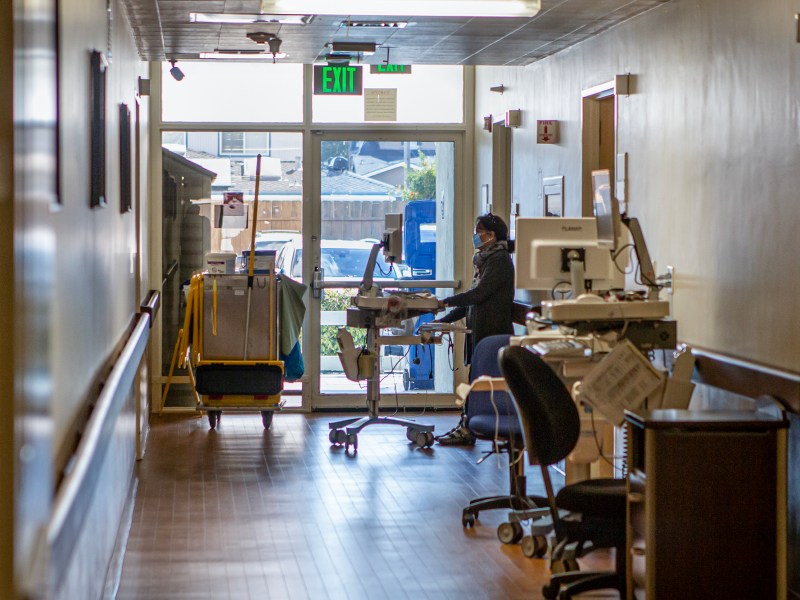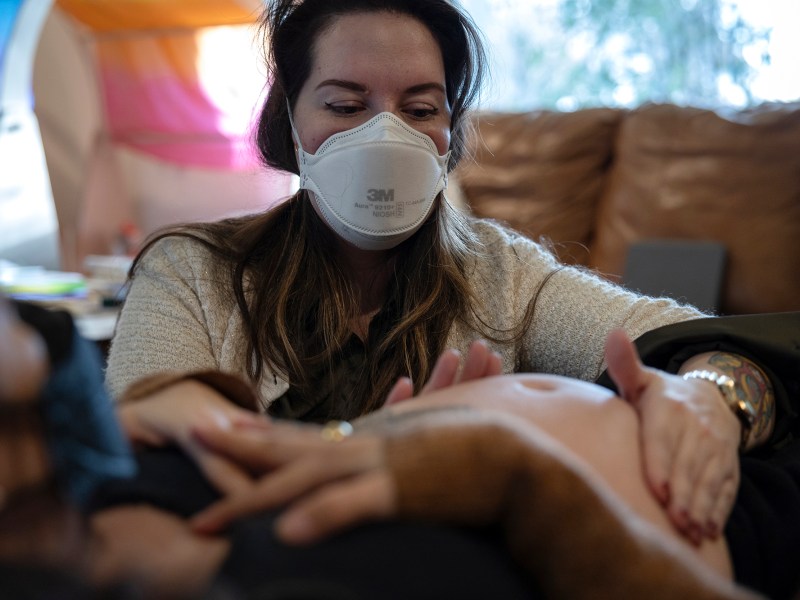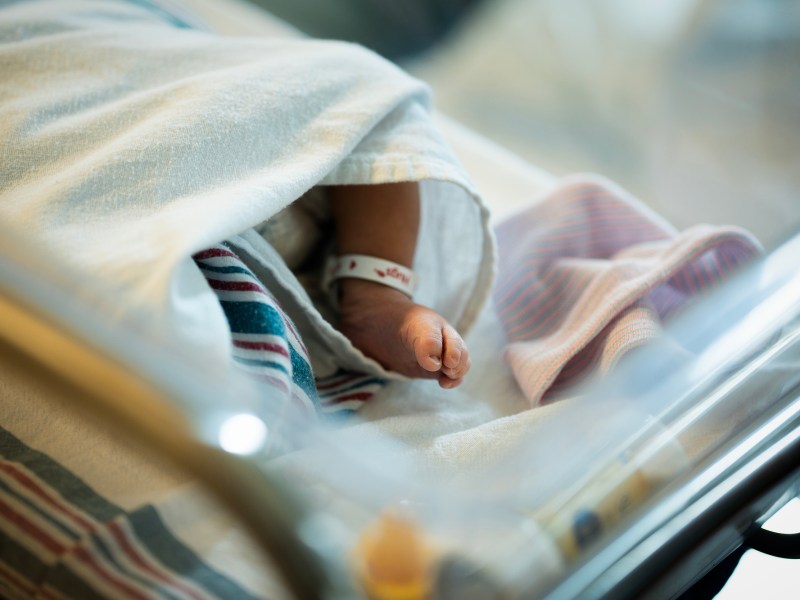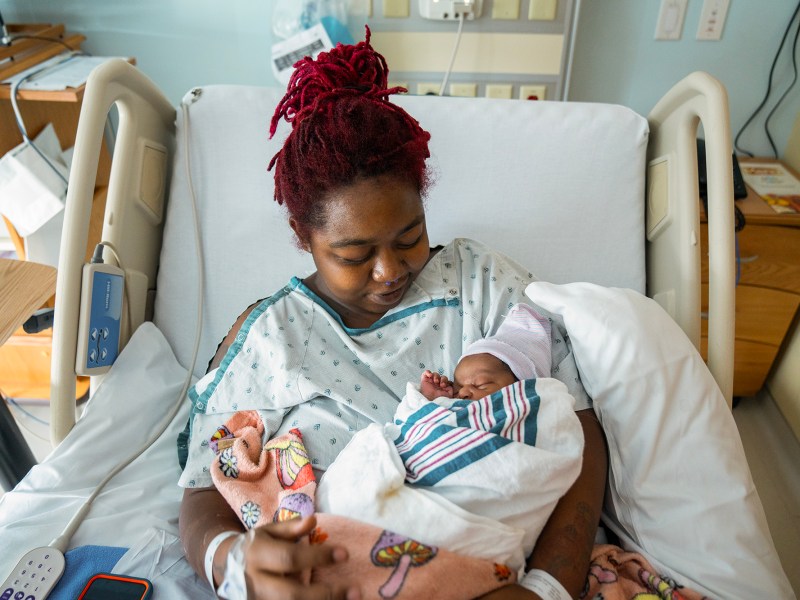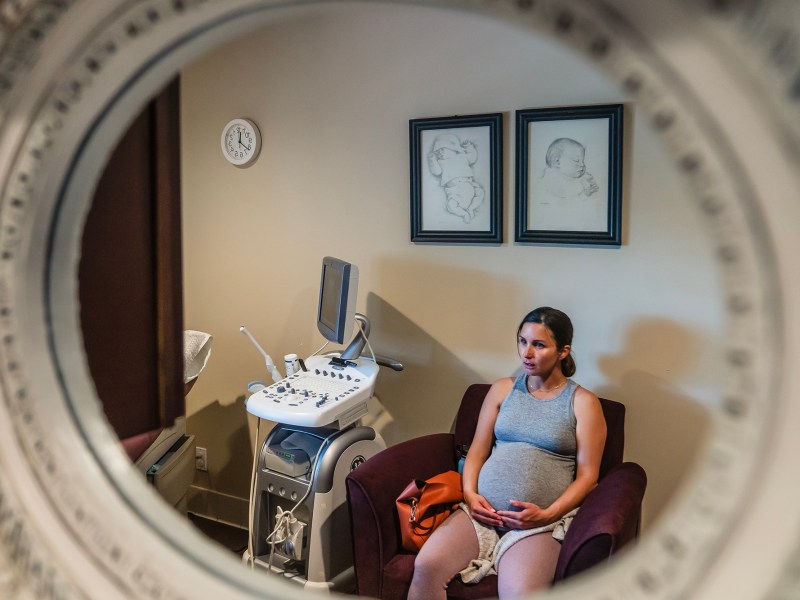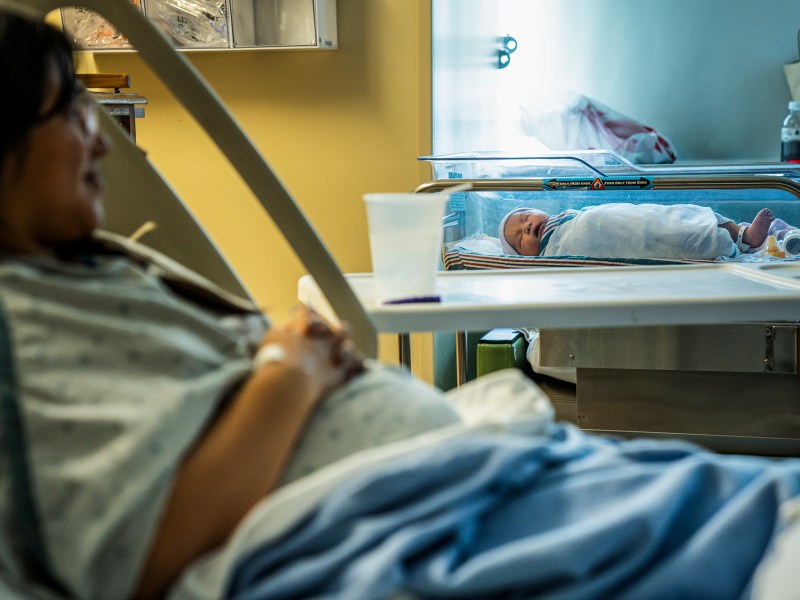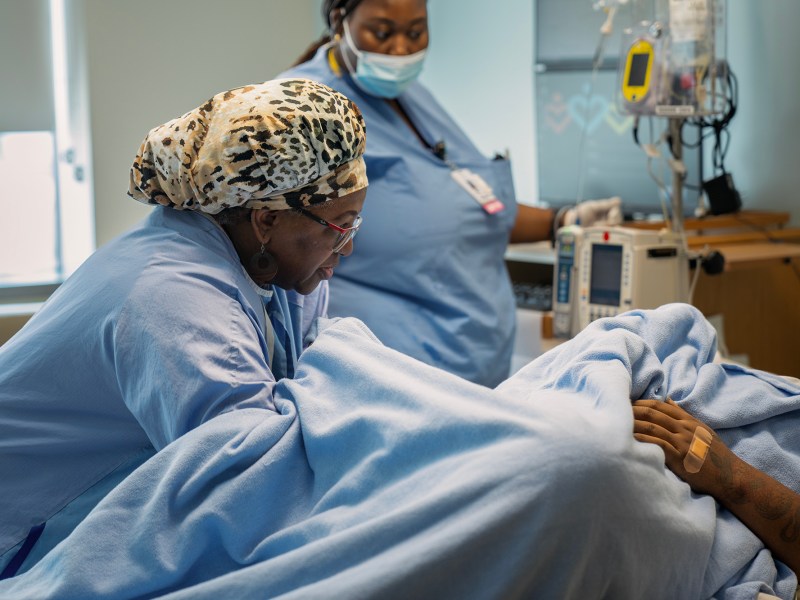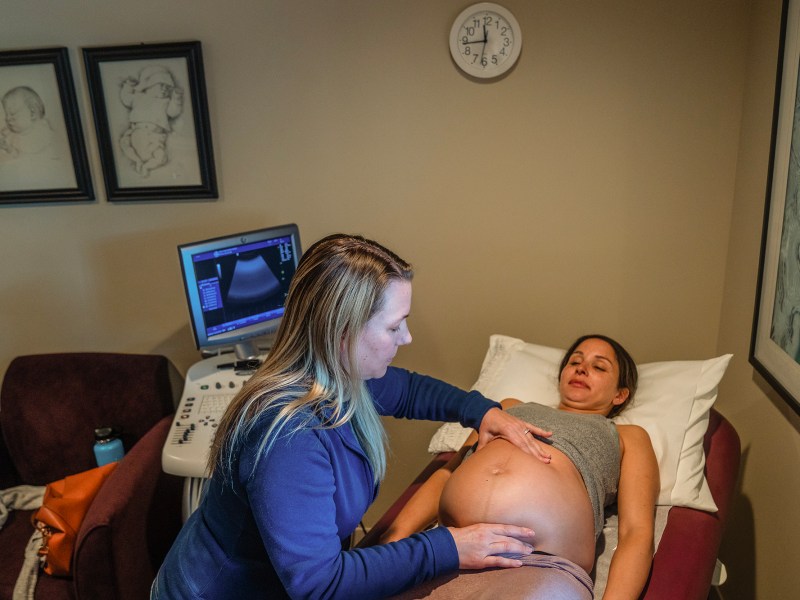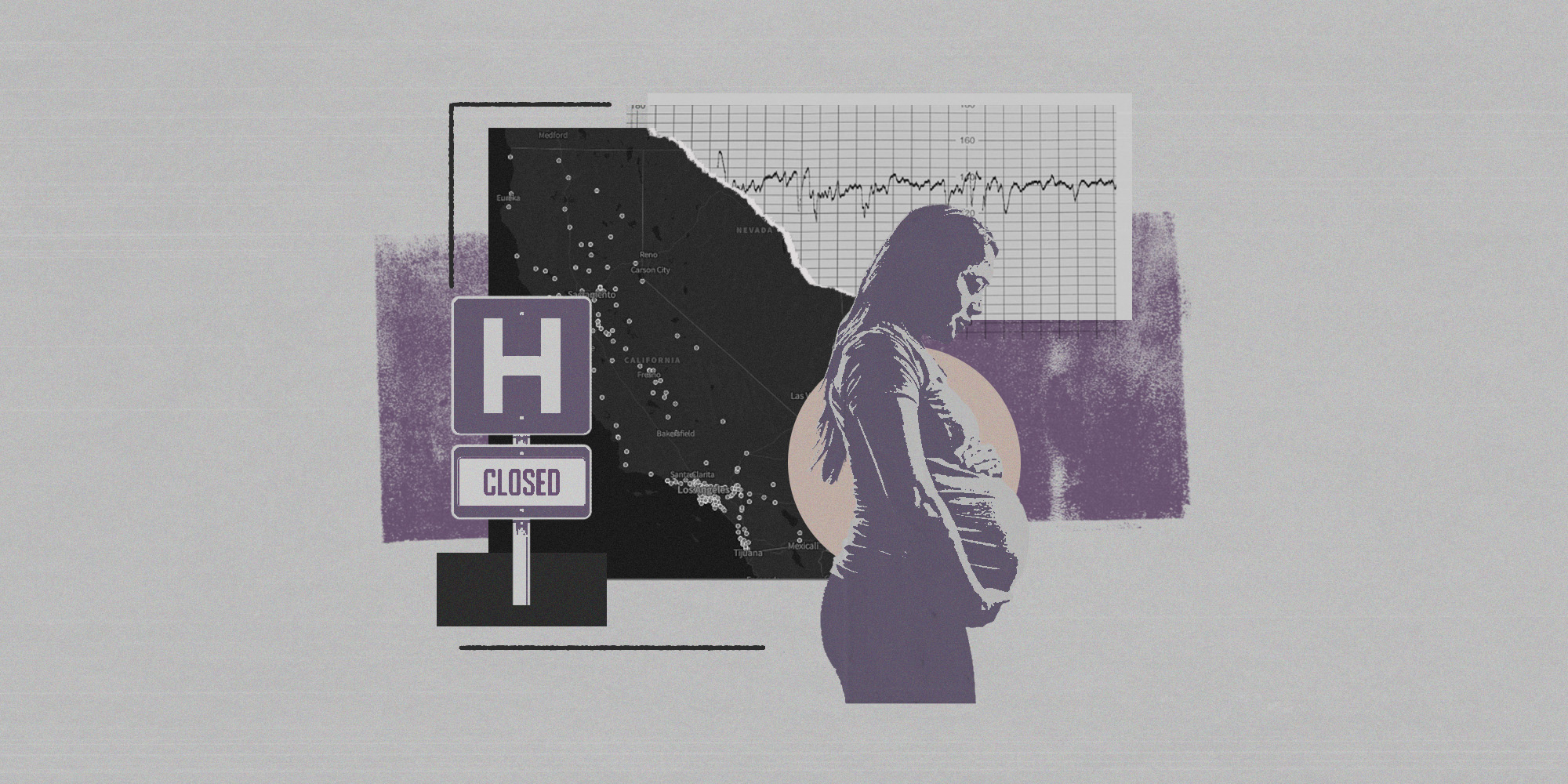
No deliveries
Maternity-care deserts are spreading in California. Hospitals have closed or indefinitely suspended nearly 50 maternity wards over the last decade, often citing high costs, labor shortages and declining birth rates. The trend accelerated in the last four years and has left large swaths of the state without a place to give birth.
This means pregnant people, especially those in rural areas, are now traveling farther to deliver a baby. These closures are taking place in urban communities too, and are disproportionately affecting Black, Latino and low-income communities. The discontinuation of maternity services in these hospitals comes as the state grapples with an uptick in maternal mortality. Pregnancy-related deaths reached a 12-year high in 2021, according to state data.
Some experts believe that in the face of these closures, midwives and standalone birthing centers can help expand options for Californians. But state rules around licensing and insurance often make it difficult for midwives to open and financially sustain independent birthing centers, researchers have found.
In this ongoing series, CalMatters reporters Kristen Hwang, Ana B. Ibarra and Erica Yee explore why hospitals are shutting down maternity wards, what this means for parents-to-be with limited options, and whether anything can be done to protect access.
Feature photography by Adriana Heldiz, Jules Holtz and Miguel Gutierrez Jr. Production by Liliana Michelena.
